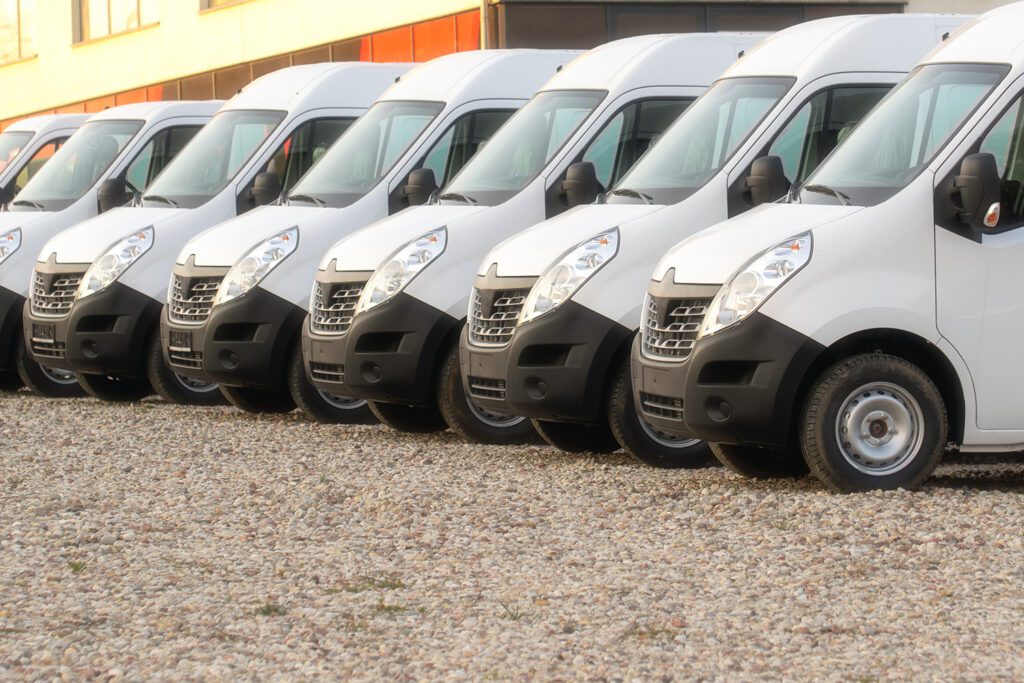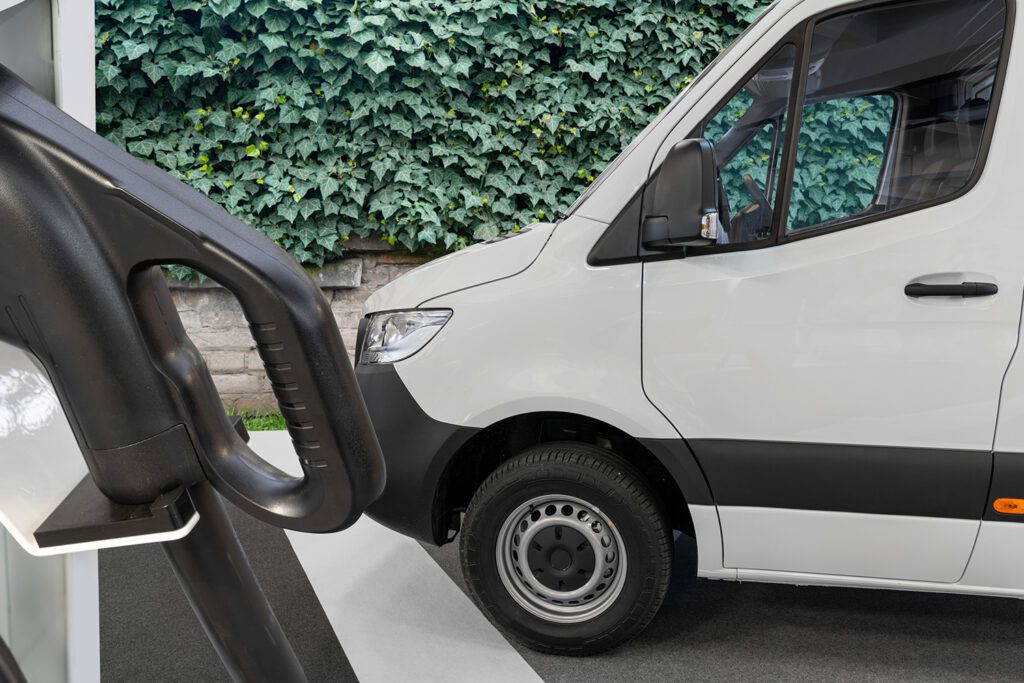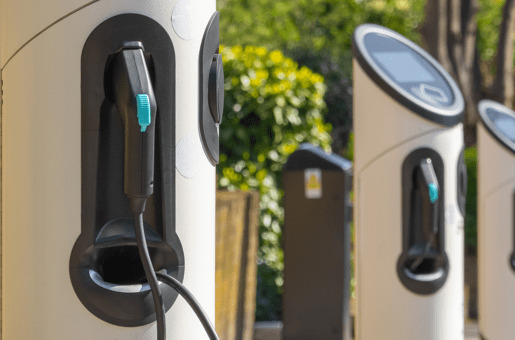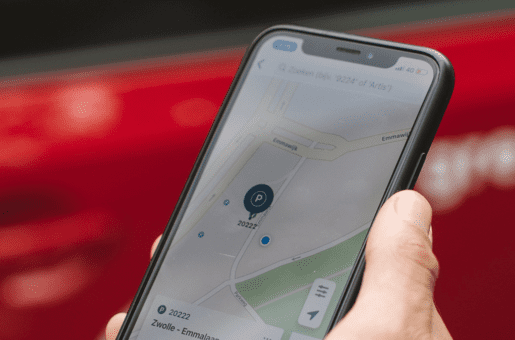Struggling to keep your electric vans charged and operational? At Vital EV, we offer comprehensive solutions to address your fleet’s charging needs. Our expert team understands the challenges of maintaining an electric vehicle fleet and provides tailored charging solutions to keep your vans on the road. From installing charging stations to managing charging schedules, we take care of everything, ensuring your fleet stays powered and efficient. Say goodbye to range anxiety and hello to faultless electric van charging with Vital EV. Explore our services today and experience worry-free fleet management.
The Four Step Process
Whole Life Solutions
Site Survey & Design
Our business development team will determine your current and future charging requirements while our engineers carry out a site survey to create a bespoke and future-proof charging solution.
Installation & Commissioning
Overseen by our project management team, our OEM-approved engineers will install and commission your chargers, and connect them to our remote monitoring software Occulus.
Full Life Maintenance
Regular Over-The-Air (OTA) updates and on-site maintenance to OEM standards is the key to keep your chargers charging and vehicles moving.
Unrivalled Support
If an issue occurs, our networks team are immediately notified and will remotely access your charger to resolve the issue. If needed, we offer on-site response in as little as 4 hours.
Fleet Charging Infrastructure
Managing the charging infrastructure for your fleet of electric vehicles is crucial for maintaining productivity and reducing downtime. At Vital EV, we specialise in providing customised solutions to meet your fleet’s unique needs.
Our team of experts works closely with you to assess your fleet’s requirements and develop a comprehensive charging infrastructure plan. From determining the optimal placement of charging stations to selecting the right charging equipment, we ensure that your fleet charging needs are met efficiently.
We analyse your fleet’s usage patterns and operational requirements to create a bespoke charging infrastructure plan that maximises efficiency and minimises costs. Our experienced technicians handle the installation and deployment of charging stations with precision and attention to detail, ensuring minimal disruption to your operations.
We provide ongoing maintenance and support services to keep your charging infrastructure running smoothly, allowing you to focus on managing your fleet effectively.
With Vital EV as your partner, you can rest assured that your fleet charging infrastructure is in expert hands. Contact us today to learn more about how we can help you optimise your fleet’s efficiency through tailored charging solutions.


Fleet Charging Solutions
Fleet owners increasingly turn to electric vehicles (EVs) to reduce emissions and operating costs. However, one of their key challenges is ensuring efficient and cost-effective charging infrastructure for their electric van fleet.
At Vital EV, we understand van fleet owners’ unique needs when transitioning to electric. Our fleet charging solutions are designed to address these challenges and provide charging capabilities for EV fleets of all sizes.
Workplace charging is a crucial aspect of any fleet charging infrastructure. Our team works closely with fleet managers to assess their workplace charging needs and implement tailored solutions. From installing charge points in employee parking areas to managing charging schedules, we ensure that your fleet stays powered throughout the day.
With strategically placed charge points, fleet owners can rest assured that their vehicles have access to charging infrastructure. Whether it’s installing charge points at depots or warehouses, we provide charging solutions that meet the needs of your EV fleet.
Testimonials
What People are Saying About Us
Supplier brands we work with
Inspiration from our Blog
Frequently Asked Questions
What is electric van fleet charging?
How can fleet owners transition to electric vehicles?
What are the benefits of transitioning to electric vehicles for fleet owners?
What charging infrastructure solutions do you offer for electric vehicle fleets?
How do you ensure reliable charging capabilities for electric vehicle fleets?
Can you help fleet managers with charging cost management?
What types of charge points do you offer for electric vehicle fleet charging?
How can fleet managers monitor and manage their electric vehicle charging infrastructure?
Send us a message
Find out more about our Commercial, Public and Residential EV Charging services today.
























